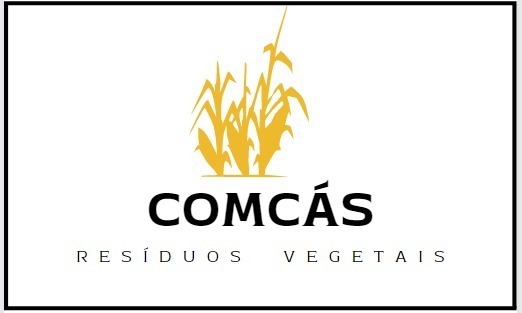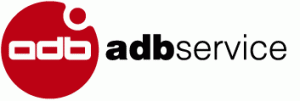It is a very versatile format and offers high-quality images with a relatively low file size. However, when optimized, you might notice a small drop in image quality, especially if the image has low color data. All modern web browsers, including Google Chrome, Firefox, Safari, Edge, and more, support the WebP image format. Many image editing tools also support WebP and allow you to export images in this format. Video encoding compresses video files for efficient storage and streaming, balancing quality and file size to enhance viewer experience across devices.
- With its support for both lossy and lossless compression, WebP can reduce bandwidth usage and improve page load times without sacrificing image quality.
- Website designers and developers can leverage both image formats to optimize website performance and enhance user experience.
- WebP also supports 24-bit color depth, ensuring vibrant and accurate color representation for both web and graphic applications.
- PNG uses filtering to reduce repetitive patterns and the DEFLATE algorithm (combining LZ77 and Huffman coding) to compress data efficiently while maintaining image quality.
From Coder to Data Scientist: How to Flip Your Programming Career into Data Science
Optimized PNG images can also contribute to SEO, particularly when high-quality visuals are essential for user engagement and content presentation. Choosing the right format can enhance both website performance and search engine visibility. Learn the key differences between WebP and PNG, and discover which one is best suited for your website’s needs.
- However, when optimized, you might notice a small drop in image quality, especially if the image has low color data.
- WebP is a modern image format developed by Google that provides both lossless and lossy compression.
- Both WebP and PNG offer different opportunities for optimization, which can affect your site’s SEO.
- These plugins automatically detect browser compatibility and serve appropriate image formats to ensure a seamless user experience across all devices.
- WebP is supported by most modern browsers, including Chrome, Safari, Opera, Microsoft Edge, and Firefox.
- Sign up for ImageKit today to notice how ImageKit can be your best friend in image transformations and optimizations.
- – Users require support and compatibility with legacy browsers, which hardly recognize WebP images.
How Apollo 247 boosted performance & reduced costs with ImageKit
Use cases for WebP include websites aiming to improve loading speed, reduce bandwidth usage, and enhance overall performance, especially on mobile devices. This shows that WebP images are much smaller in file size compared to PNG and JPEG. With a smaller image file size, you can boost your WordPress speed and ensure that web pages load faster. Portable Network Graphics (PNG) is one of the most popular image formats on the Internet. It supports millions of colors, so pictures are sharper and more realistic.
Browser Compatibility
WebP supports a range of features including transparency (alpha channel), animation, and metadata, making it versatile for various types of content. With its smaller file sizes, WebP can improve website performance by reducing load times and data usage. A WebP file is a modern image format developed by Google that provides superior compression for images on the web.
Use WebP for Photographs and Complex Images
To address this, consider implementing fallback options to JPEG or PNG using WordPress plugins like Smush or ShortPixel. By following these recommendations, you can effectively optimize WebP images for SEO and performance, leading to improved website rankings, faster load times, and enhanced user satisfaction. PNG is universally supported across all browsers and platforms, while WebP support is still growing. Most modern browsers support WebP, but it’s essential to check compatibility based on Should you prefer WebP image format to PNG your audience’s browser usage. Use cases for PNG files include images that require high resolution and transparency, such as logos, icons, and detailed graphics.
WebP vs. PNG: Which is the best image format for websites?
PNG (Portable Network Graphics) is a well-established image format that offers lossless compression, resulting in high-quality images with larger file sizes. PNG supports transparency and an alpha channel, making it an ideal choice for graphics and logos that require a transparent background. The Coding best image format for WordPress depends on your specific needs, such as image quality, file size, and functionality. WebP is generally recommended for its balance of high-quality visuals and reduced file size, contributing to faster page load times and improved SEO.
PNG images, while larger, provide superior quality for graphics where detail and transparency are crucial, though at the cost of slower loading times and higher bandwidth usage. WebP is a contemporary file format that uses efficient lossless and lossy compression techniques. The image format was created to significantly minimize file sizes while ensuring high image quality, increasing its usage in website design and development. WebP compares favorably by offering both lossy and lossless compression, plus transparency capabilities and smaller file sizes, which enhance web performance without compromising quality. This ensures that every pixel is preserved, making it ideal for images that require high detail and accuracy, such as graphics with text or intricate patterns.
PNG, being inherently a lossless format, lacks the same degree of optimization for file size reduction. Compression versatility can significantly impact image quality and file size, affecting both performance and appearance. In modern web design, the choice of image format can affect the overall aesthetics and performance of a website.
Final Thought On WEBP vs. PNG vs. JPEG
This dual capability allows for greater flexibility, enabling you to choose the best balance between image quality and file size based on your specific needs. WebP, a brainchild of Google introduced in 2010, emerged as a response to the growing need for more efficient image compression without compromising quality. This format leverages both lossy and lossless compression techniques, striking a balance between file size reduction and image fidelity. Its innovative compression algorithms typically result in files that are significantly smaller compared to formats like JPEG or PNG, making it an ideal choice for web-based media. WebP files are typically smaller than PNGs, even when using lossless compression. This makes WebP a better choice for websites looking to optimize their image sizes and improve loading speeds.









